Sun Basket Increases Subscribers Through Paid Search and Affiliate Marketing
Sun Basket is the leading healthy meal delivery service focused on fresh, sustainable, and organic ingredients with recipes catered towards customers on specific diets. We are proud to partner with a brand like Sun Basket in an emerging subscription economy category to help them expand their business. Sun Basket’s data-centric culture when it comes to designing recipes aligns well with our data-oriented approach when we drive digital acquisition strategies for our clients. We are excited to continue this partnership to help Sun Basket dominate in their market!
“LQ Digital’s focus on customer profitability and lifetime value is second-to-none. They are a trusted partner and I recommend that anyone looking to drive aggressive growth, but with a mindful eye on the relationship of acquisition cost and customer value, should engage now with LQ.” – Amy Endemann, Head of Marketing at Sun Basket
Download the case study and learn more about:
- How Sun Basket drove significant subscriber growth while decreasing cost per acquisition (CAC) by 13%
- How to tap into customer insights to invest in acquisition strategies that attract your most profitable customers
- How subscription-based brands should consider affiliate marketing as a strategy to supercharge acquisition
Too Many Brands Overlook Affiliate Marketing
The benefits of affiliate marketing can be a real game-changer. Here’s why.
There are a number of reasons why brands haven’t leaned head first into affiliate marketing (also known as “partner marketing” or “performance marketing”). Almost by virtue of its name alone, it’s managed to earn a negative, albeit entirely undeserved reputation. A big part of this stems from the fact that many people still don’t have a firm grasp around what it is or the kind of value it can deliver. Many marketers just don’t realize that building, growing, and nurturing a strong affiliate marketing program can be the game-changer for them. It can be that missing “trick” in the bag that enables brands to dominate digital “shelf space” like never before. That is, as long as the program is managed efficiently. Unfortunately, the opposite is more often the rule than the exception. This is a big reason why affiliate marketing, in spite of all its benefits, has regularly become an afterthought in the face of more tried-and-true paid advertising.
Fortunately, there are many ways to avoid the pitfalls of a poorly managed program. We’ll get to that in a second. But first, it’s worth taking a moment to brush up on the basics and clear up any confusion around what affiliate marketing really is. Simply stated, affiliate marketing is a way for a company to sell its products by signing up individuals or companies (“affiliates”) who market the company’s products for a commission on leads or sales. It’s essentially like on-boarding a third-party sales force to get your brand in front of more consumers. For this to be successful, you have to not only select the right affiliates to promote your brand, but also take a hands-on approach to managing that relationship every step of the way. That’s the only way to get results.
Unfortunately, starting a program on your own can oftentimes feel a bit overwhelming. Many brands just don’t know where to start or which affiliates to reach out to in the first place. The good news is that LQ knows a thing or two about managing a healthy affiliate marketing program – and can alleviate a lot of these “unknowns” for you. We also take a lot of pride in our unique approach. For starters, we like to say that we measure our partners “beyond the pixel.” What does that mean? Simply put, we seek to understand the total value of the customers being generated by affiliates by looking beyond the transactions – leads and sales – happening only at the platform-level. We examine the business models of our affiliates to assess which partners generate the most valuable traffic vs. those who simply operate at the lower end of the funnel. And even in those cases, if a low funnel partner is the right strategic fit for one of our customers, we’ll consider it. What this all basically means is that we don’t approach affiliate marketing programs in a one-size-fits-all manner. No two customers – or affiliates, for that matter – are the same; how we craft a program for different customers shouldn’t be either.
To prove that this approach really works – and trust us, it really does – here’s a story about one of our customers in the meal kit delivery service category. Before coming to us, this customer had taken a one-size-fits-all approach for managing their affiliates. The problem with this, as we hinted at above, is that doing so does not allow you to drive the most value from those partners or truly understand the real value that can be extracted from each partner. So, to change things up, we cherry picked a few affiliates who were already running non-brand paid search campaigns and decided to take the reins on managing payouts and optimization. Now, here’s the fun part: back in August 2017, these partners were generating roughly 100 orders; today, they are projecting over 2,000 orders. Because we were better able to identify the overall value of these partners and have the know-how around how best to work with them, we were able to blow our customer’s expectations out of the water – and at a lower cost than they would have ordinarily paid for direct search campaigns.
As you can see, nothing about running a successful affiliate marketing program is done on “autopilot.” The more you put into your program, the more you’ll get out of it. When done right, affiliate marketing, as part of your overall digital marketing strategy, can be a huge catalyst for growth and help you extract the greatest amount of value from every digital marketing dollar spent. If you haven’t considered building an affiliate marketing program in the past, here are a few reasons why you should reconsider doing it now.
First, affiliate marketing is an effective way to expand reach in ways you couldn’t do on your own. For example, you may not have a full marketing team at your disposal to manage brand promotion every day. Even if you do, you may have hit a plateau with your current digital advertising efforts or have simply exhausted all of your available marketing channels. Affiliate marketing essentially opens up a new avenue for driving leads and generating sales. It’s also a great way to expose your brand to more of your most profitable customers. Given that most affiliate sites are “specialists” in their respective categories, you’re almost guaranteed – more so than with your paid search and display efforts – that the consumers visiting those sites are specifically looking to engage with a brand like yours.
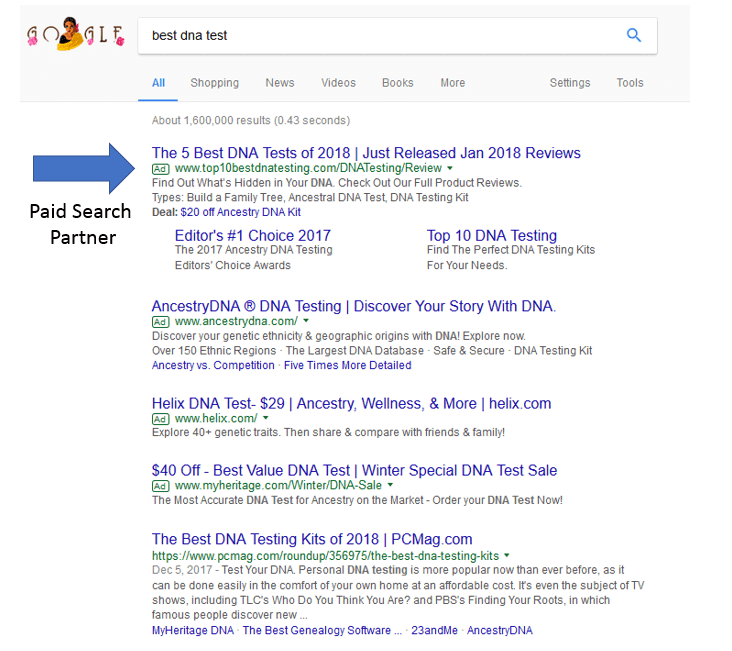
Second, affiliate marketing is a more economically-efficient way to use your digital marketing dollars. Affiliates get paid by multiple brands and, therefore, have larger combined digital marketing budgets to work with. This also means they have more leverage to bid for prime ad inventory at a lower CPA than any one brand would have on its own. So, why go at it alone, trying to get top spot at a higher CPA and ultimately compete with these affiliates, when they can do this all for you at a lower (blended) cost? You shouldn’t. Just avoid overlapping your digital advertising efforts with those of your affiliates; doing double duty on the same consumers in a perceived effort to get top billing or drive more leads won’t double your results. It’ll just sap your marketing budgets – and fast!
Third, you pay affiliates a commission to do the heavy lifting – even more if you’re asking them to do the bulk of your digital marketing for you. The expectation is that they’ll drive real results for your brand. And once you see that happening, you’ll likely spend more with them to keep the momentum going. Unlike your own SEM efforts, however, where you pay for clicks with no guarantee of purchase, you can potentially minimize your risk with affiliates by only paying them for leads that convert into a purchase. This is the biggest benefit of affiliate marketing programs. When it works, it really works. As more leads and sales come through, you’ll find yourself dedicating more time, money, and resources into managing and growing that program.
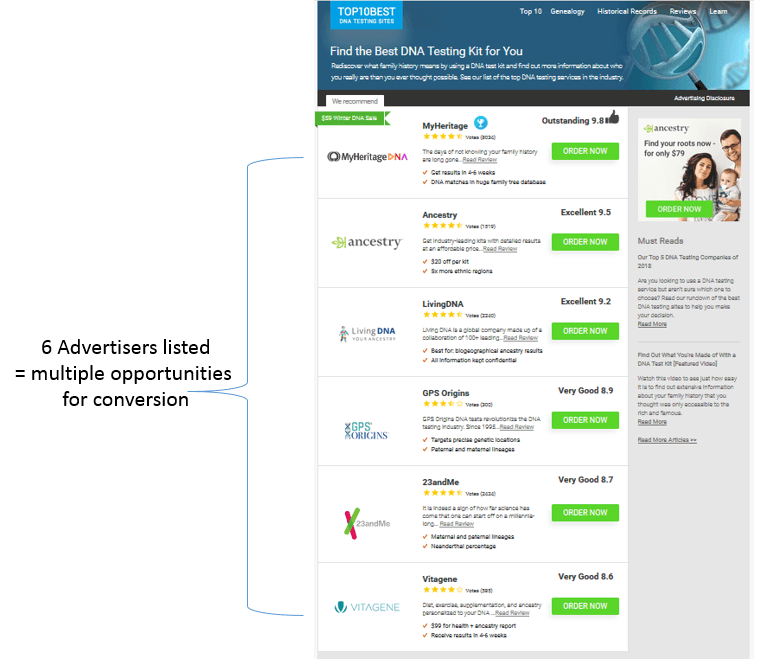
And lastly, the more you build your relationships with affiliates, the more your rankings and reviews will improve on their sites. The more your rankings improve, the more positive influence your brand will have over the consumers that visit those sites. The more influence you have, the more interactions you’ll get. It’s a “halo effect” and a “domino effect” at the same time. For lesser known brands, affiliate marketing can truly be make or break. In fact, we’ve seen this make an unknown brand go “mainstream” quickly – and actually compete successfully against larger competitors. Affiliates lay it all out there for consumers to compare and contrast. Rubbing shoulders with the big guys on an affiliate site is not only a great way to get noticed, but also an effective strategy for gaining credibility, even more so if you don’t have huge marketing budgets to work with.
Affiliate Marketing Really Works
If you haven’t caught on by now, affiliate marketing can be a true game-changer for you brand. It can lead to tremendous brand growth by getting your brand in front of more of the right consumers, generating more valuable leads, and driving more sales than you could have ever achieved through your own digital advertising efforts alone. However, this is only possible when you do it right. Building a healthy affiliate marketing program takes time, patience, technical expertise, and a willingness to be hands-on from start to finish. Fortunately, with LQ by your side, you can rest assured that any steps you take to build your affiliate marketing program will be done with only one goal in mind: to grow your brand in a big way.
Knock, Knock. Who’s There?
If you think your home page is your digital front door, think again.
“If you build it, they will come.” For many, this has been the underlying strategy for website development, with much of the focus placed on home page design, content, and navigation. Unfortunately, just building a website and throwing it into the digital ether, hoping that your target consumers will organically stumble upon it, is a job half done.
Based on Forrester’s The State of Search Marketing, 2017, 42 percent of people find websites through natural search engine results, from the likes of Google, Bing, and Yahoo!, while 36 percent rely on Facebook to guide them through their digital journey. This means that nearly 80 percent of traffic to websites comes from a combination of search and social. But this doesn’t necessarily drive traffic to your home page. It’s more specific than that. A click on a search link or a Facebook ad will more than likely drive consumers to a landing page with relevant product, customer, or promotional information. As such, you could argue that many of your customers come to your site through the side door, the backyard, or the garage.
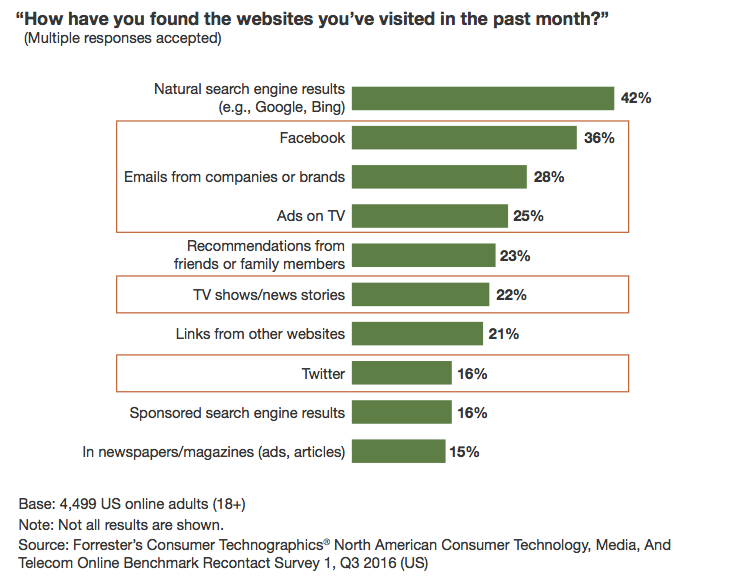
If 42 percent of traffic is coming to your website through natural search results and another 16 percent through sponsored search engine results, then we might as well argue that the Google search results page is much more of a digital front door for your business than your very own home page. Seeing that well over half of traffic to websites comes from a combination of both paid and organic search, you would think that brands would go out of their way to dominate the search results page whenever possible. Unfortunately, we know that’s simply not true. Companies aren’t doing enough to keep this digital front door open. They aren’t using all of the digital customer acquisition tools at their disposal to achieve maximum exposure and premium placement on the search results page.
When a consumer types in a search query, it’s the equivalent of raising a hand and saying, “I have a specific need. Please help me.” This is pure gold. When you have access to this kind of intent, you have no choice but to do whatever it takes to engage consumers with your brand. Sometimes it requires multiple means of engagement, especially as the search results page is quickly evolving to index more content beyond organic search results alone – paid ads, local listing information, partner offers, social media posts, etc. And it’s no secret that Google has gradually pushed organic search results further out of sight and out of mind, with the number of organic placements above the fold changing from four three years ago, to only one today. At the same time, paid ad units above the fold have dropped from seven to four.
To put it bluntly, if you aren’t owning the search results page, your front door to consumers is slammed shut – especially knowing how the evolution of the search results page is making it even harder for consumers to serendipitously discover websites like yours.
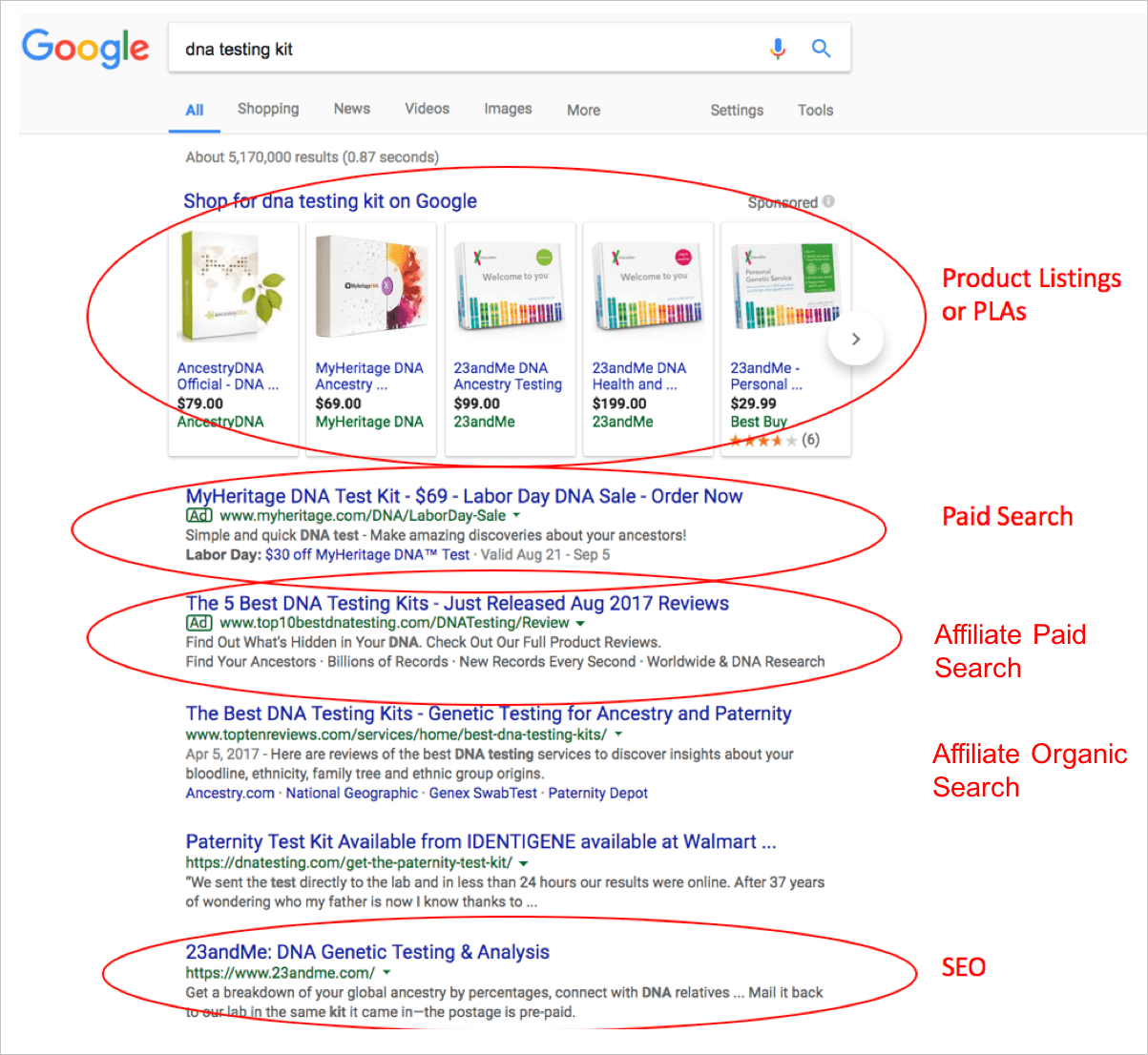
Maximizing the search results page is like maximizing shelf space at the grocery story. Think about the last time you were walking down the cereal aisle. You most likely had over one hundred different options to choose from. So, how do you choose? For starters, you’ll likely look at the cereals at eye level first, which, for the purposes of this example, are all by General Mills. Since you don’t have time to peruse every brand, there’s a good chance you’ll choose a cereal directly in front of you. If you don’t like what you see, you still have a lot of other options to choose from on the other shelves. The point is, General Mills has locked in a premium position in the cereal aisle, intentionally done to draw consumers in.
This is no different than wading through the content on the search results page. When a consumer inputs a search query, they want an answer – and fast. The likelihood of them clicking on a link at the top of the page, whether it’s a paid or sponsored ad (like the General Mills shelf) or other contextually relevant indexed content, is fairly high. It really comes down to what search results best address the search query at hand. If they end up needing to scroll further down the search results page to find exactly what they’re looking for, seeing your brand show up in multiple positions will only increase their chances of knocking on your digital front door.
What this means for you – and your website – is that SEO is not enough on its own. It gets your site indexed on the search results page organically, but given the fierce amount of competition above the fold, SEO alone will not generate the amount of website traffic you desire. This becomes even more pronounced for businesses in highly competitive and saturated industries.
To dominate this “shelf space,” your paid, partner, and earned marketing must work together seamlessly. This could involve a combination of search engine marketing (paid search ads, pay-per-click, pay-per-call), affiliate marketing, paid product listings, and directory listings. Depending on the nature of your business or the type of action you’re trying to drive, your approach to owning the search results page may vary. But make no mistake, you need to own it.
Now, here’s the kicker: there’s absolutely zero value in owning the search results page if your website or landing page experience doesn’t deliver on the search query or fails to provide essential information that converts a click to an actual customer. In fact, in Forrester’s The Best and Worst of Paid Search, 2016, it was found that 22 percent of landing pages reviewed did not relate to the keyword (from the search query) or were optimized for mobile. Why spend to get premium placement on the search results page if your website can’t go the extra mile?
The harsh reality is, getting found online isn’t always easy. It actually involves a lot of moving parts – from building and optimizing your website to strategically deploying paid search – that must operate in lockstep to drive measureable results. As you design that shiny new home page, try not to get too fanatic about perfecting the content, wordsmithing the calls-to-action, or systematically sprinkling keywords throughout. Consumers are less likely to see this as your digital front door because, for better or worse, Google owns that real estate now.

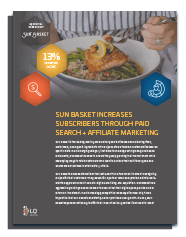 Download the Case Study
Download the Case Study